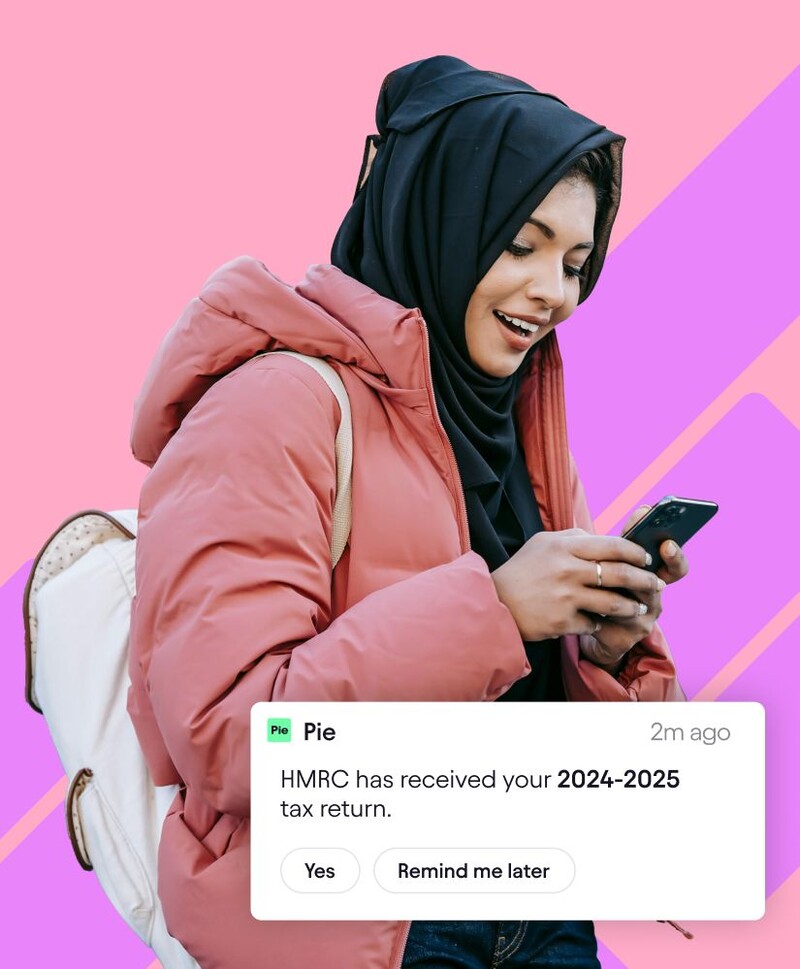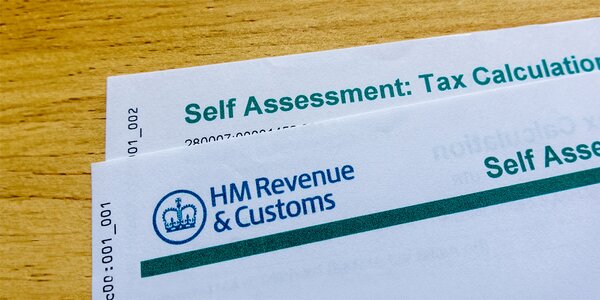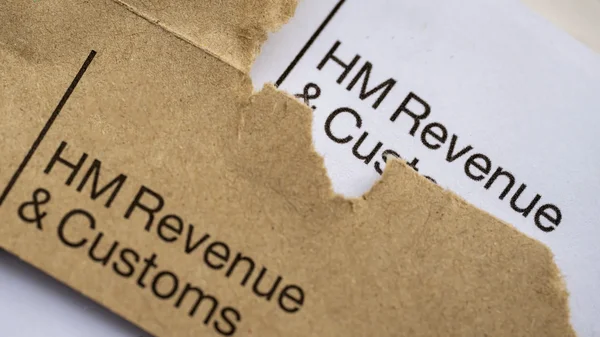Introduction
Many households are seeking ways to legally increase their tax-free income amid ongoing government freezes to personal tax thresholds.
Despite the personal allowance for income tax remaining fixed at £12,570 since 2021, individuals who let out furnished rooms in their main residence through the HM Revenue & Customs (HMRC) Rent a Room Scheme can earn up to £20,070 tax-free in certain circumstances.
This development comes as stagnant thresholds and rising wages subject more workers to higher tax rates, intensifying financial pressure for many UK taxpayers.
The Rent a Room Scheme, established by government legislation, offers qualifying homeowners and tenants a means to boost their tax allowances without breaching any tax regulations.
Government Tax Thresholds Remain Frozen
Since the 2021/22 tax year, the personal allowance and income tax thresholds have been frozen, with the government confirming that this policy will persist until at least 2028. The personal allowance, the amount one can earn each year before becoming liable for income tax, stands at £12,570.
Basic rate tax is charged at 20% for income between £12,570 and £50,270, 40% for income between £50,271 and £125,140, and 45% on amounts above £125,140.
The decision to maintain these frozen bands means taxpayers see no inflation-linked increase in tax-free earnings. As a result, increasing numbers of individuals are pushed into higher bands each year if their incomes rise, despite overall personal allowance figures remaining unchanged.
Pressure Increases from Fiscal Drag
The phenomenon known as 'fiscal drag' occurs when static tax thresholds combine with rising incomes.
As a growing number of workers receive modest pay increases, more are pushed beyond key personal allowance and tax band thresholds, increasing their tax burden despite often barely outpacing inflation.
There is speculation among political commentators that future governments, including a potential Labour administration, could opt to maintain or even prolong the tax freeze, exacerbating this trend.
The Institute for Fiscal Studies has highlighted the significant impact fiscal drag can have on taxpayers, particularly during periods of high inflation and economic uncertainty.
Standard Personal Allowance Explained
Currently, most individuals in the UK benefit from a personal allowance of £12,570 per annum. Any income above this threshold up to £50,270 is subject to a basic 20% income tax rate. Higher rates of 40% and 45% apply at particular income levels as outlined in government guidance.
While the standard allowance applies regardless of employment or pension status, additional options exist for those seeking to lawfully increase their tax-free income. These include, most notably, schemes targeted at specific circumstances, such as the Rent a Room Scheme for homeowners and tenants.
How the Rent a Room Scheme Works
The HMRC Rent a Room Scheme enables individuals to receive up to £7,500 per annum tax-free from letting furnished accommodation within their primary residence.
The scheme's threshold is halved to £3,750 if the receipts are shared with another person, such as a joint homeowner or tenant. The Rent a Room allowance can be combined with the standard personal allowance, raising the effective tax-free earnings ceiling to £20,070 for eligible participants.
According to HMRC guidance, letting income from spare rooms must be declared through the self-assessment system if it exceeds the Rent a Room threshold, or if taxpayers wish to claim the scheme manually.
Eligibility and Declaration Requirements
To qualify, the room let must be in the taxpayer’s main home and must be furnished. Earnings from separate buy-to-let properties or unfurnished lets do not meet the criteria.
For individuals letting a room and earning less than £7,500 (or £3,750 where income is shared), tax exemption is automatic, with no requirement to inform HMRC. However, those letting a room who surpass these limits, or who prefer not to use the Rent a Room scheme due to financial considerations, must declare their full let income and can opt to calculate gains and expenses in line with rental property rules. The government notes, ‘You can let out as much of your home as you want.
The tax exemption is automatic if you earn less than your threshold. You must complete a tax return if you earn more than your threshold. You can then opt into the scheme and claim your tax-free allowance. You do this on your tax return.
You can choose not to opt into the scheme and instead record your income and expenses on the property pages of your tax return.’
Final Summary
As UK households continue to face the consequences of frozen personal allowance thresholds and rising living costs, opportunities like the HMRC Rent a Room Scheme provide legitimate avenues for boosting tax-free income. By combining the standard allowance with up to £7,500 of rent-a-room receipts, participants meeting the criteria can shield a total of £20,070 from income tax.
Nevertheless, the scheme applies only to furnished accommodation in the taxpayer's main residence and requires careful consideration of HMRC’s detailed guidance. With ongoing fiscal drag and complex tax rules, those seeking to maximise allowances often benefit from tools and guidance, such as those found in the Pie app, to help manage their finances and stay compliant.











